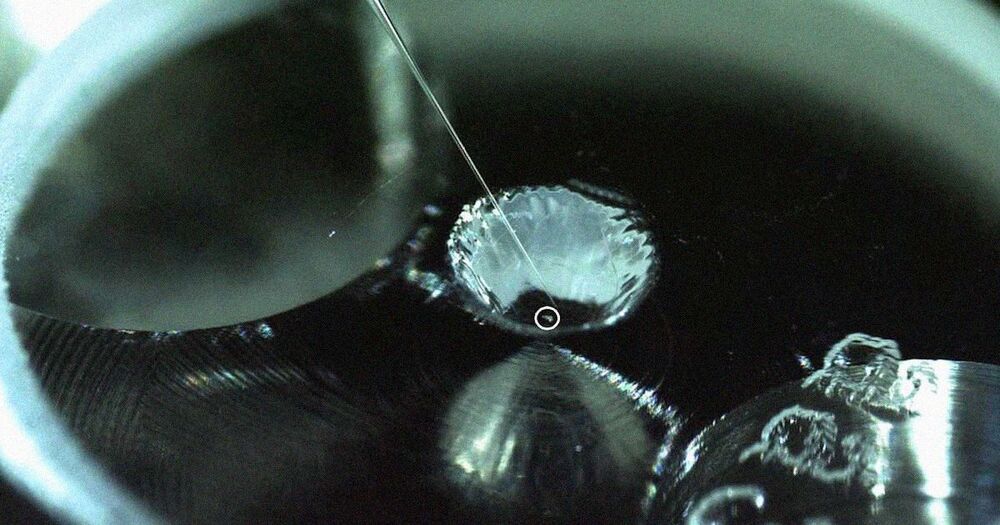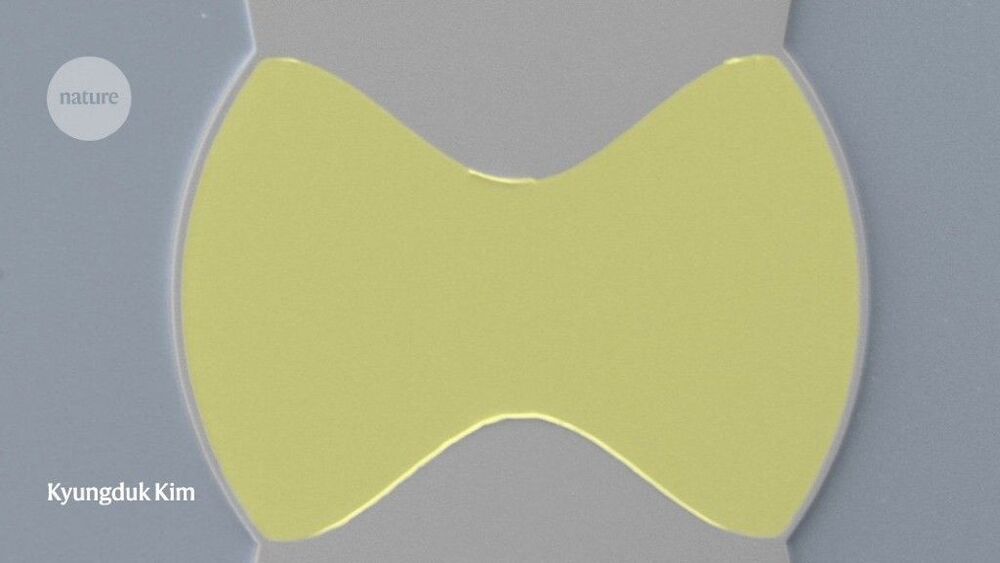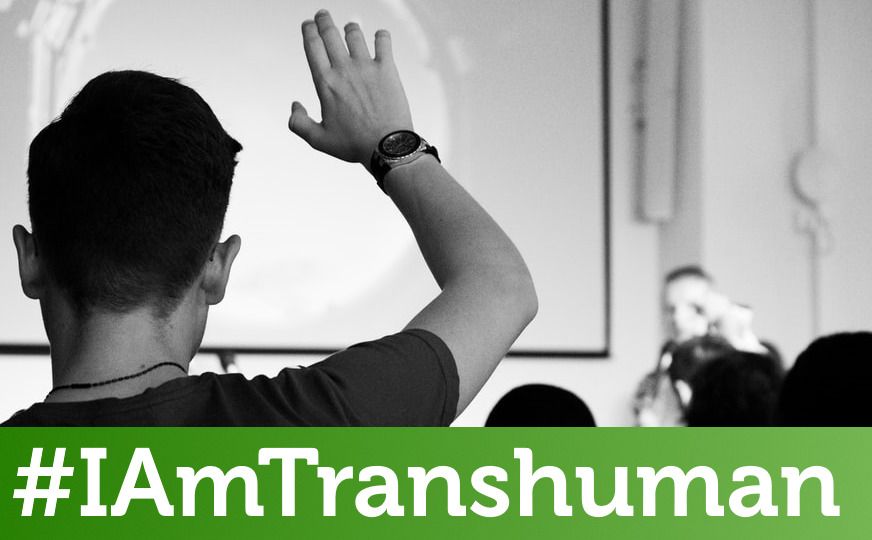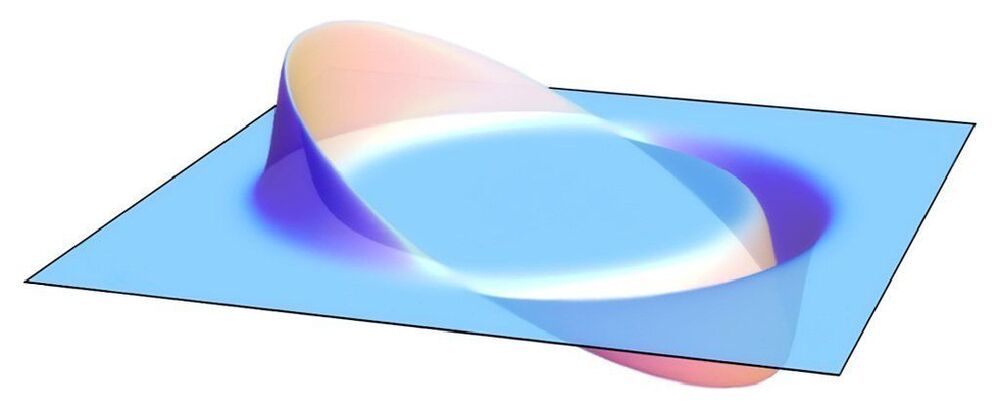Advertisement The device for sweeping mines is built using low-cost material available in abundance, hence easily replaceable too. The new mine killer device known as Mine Kafon, developed by an Afghan designer, is an expertly designed device that uses cheap materials that are easily replaceable, hence giving tremendous results.
The device is wind-powered and seems like a Hoberman sphere. The device’s weight and height match that of an average-sized man, hence replicating the effect of a man stepping on a mine.









